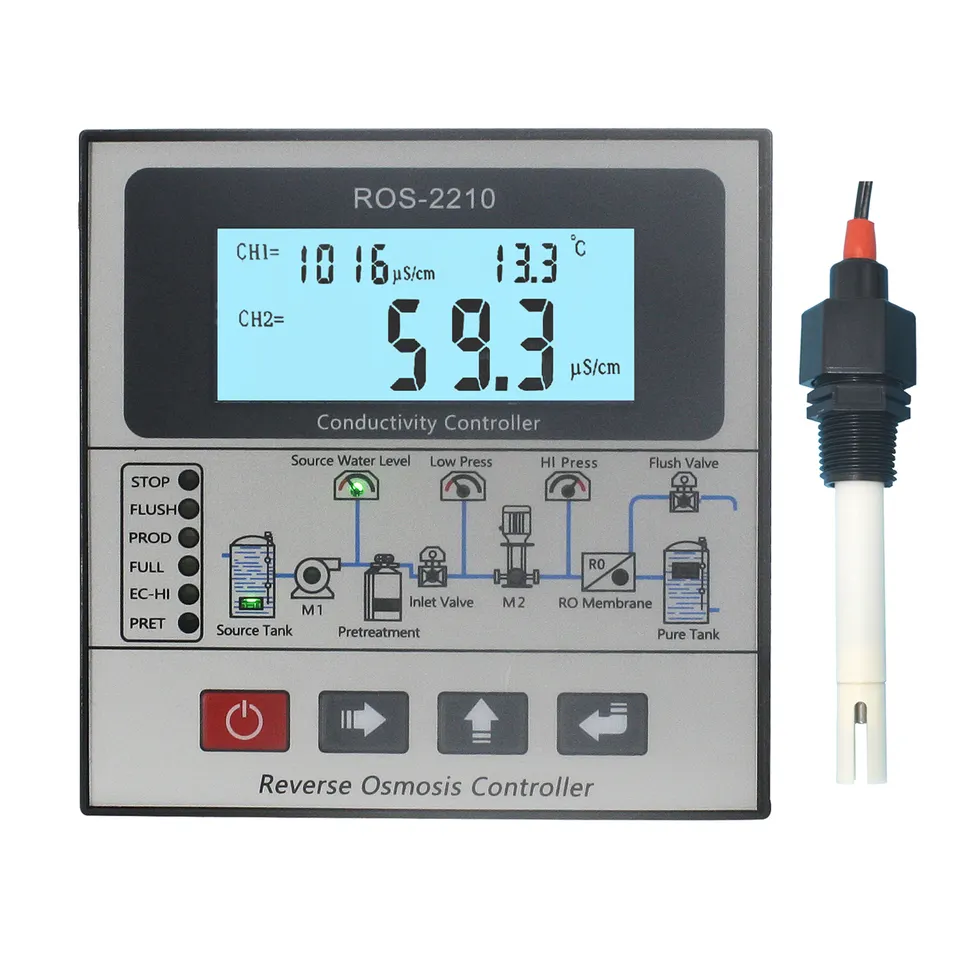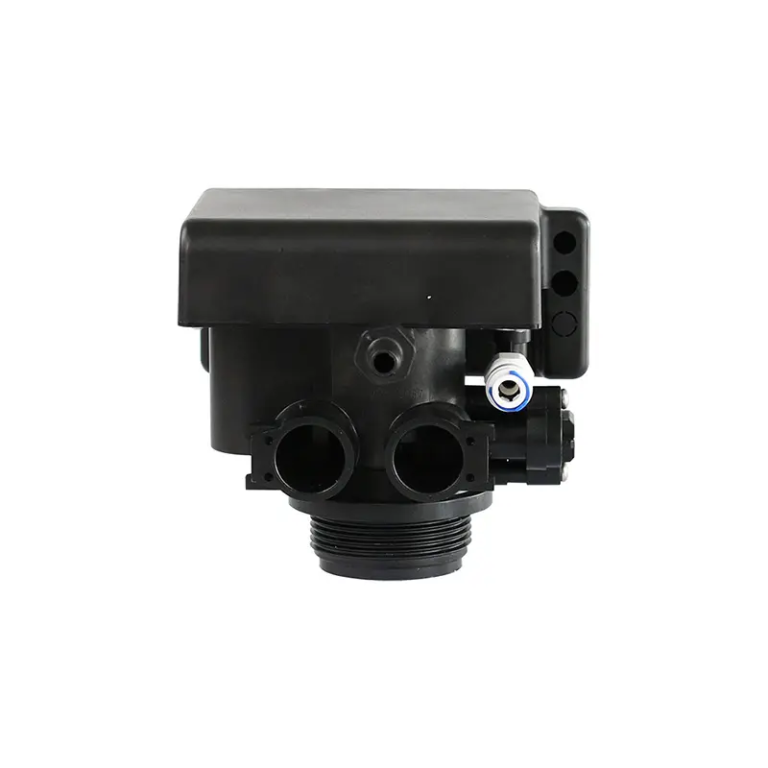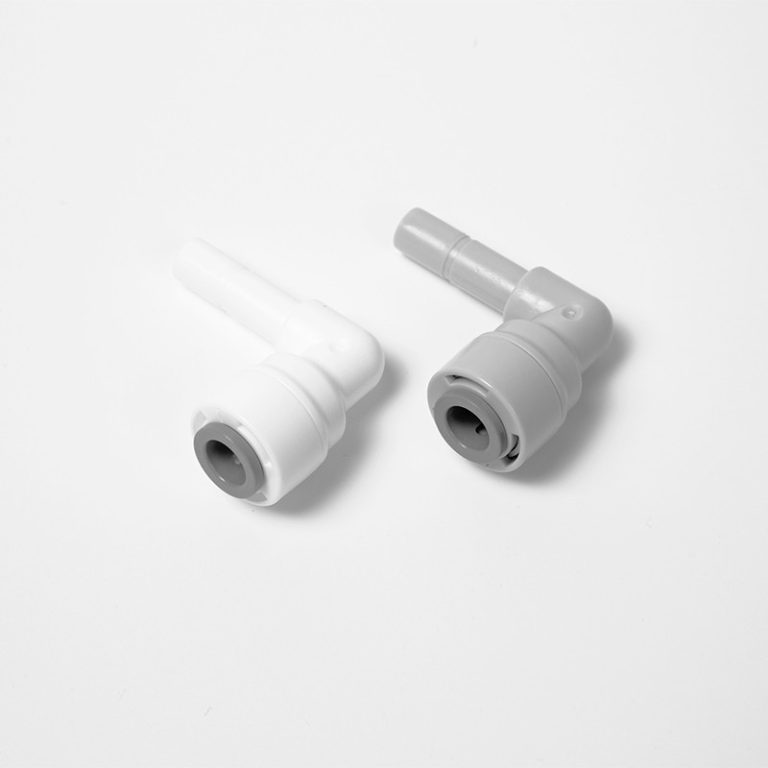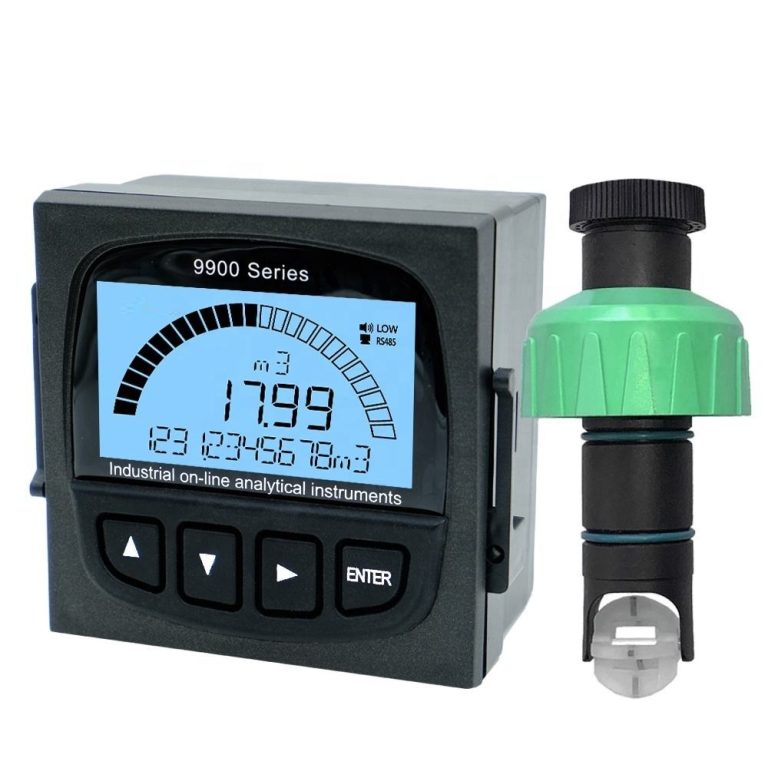Accurate measurement for chlorine levels: Free chlorine and total chlorine made easy.
Understanding the Importance of Measuring Free Chlorine and Total Chlorine Levels

Understanding the Importance of Measuring Free Chlorine and Total Chlorine Levels
Chlorine is a widely used disinfectant in water treatment processes, ensuring that the water we consume is safe and free from harmful bacteria and viruses. However, it is crucial to monitor the levels of chlorine in water to ensure its effectiveness and safety. This is where measuring free chlorine and total chlorine levels becomes essential.
Free chlorine refers to the chlorine that is available to disinfect the water. It exists in three forms: hypochlorous acid (HOCl), hypochlorite ion (OCl-), and chlorine gas (Cl2). These forms are collectively referred to as free available chlorine (FAC). Total chlorine, on the other hand, includes both free chlorine and combined chlorine, also known as chloramines.
Measuring free chlorine levels is crucial because it indicates the amount of chlorine available for disinfection. If the free chlorine levels are too low, it may not effectively kill bacteria and other harmful microorganisms in the water. Conversely, if the free chlorine levels are too high, it may lead to an unpleasant taste and odor in the water, causing consumers to reject it.

Total chlorine levels are equally important to measure as they provide a comprehensive understanding of the overall chlorine content in the water. Combined chlorine, or chloramines, is formed when free chlorine reacts with ammonia or organic compounds present in the water. While chloramines are still effective disinfectants, they are less potent than free chlorine. Monitoring total chlorine levels helps ensure that the water is adequately disinfected and safe for consumption.
| Model | ROC-8221 Single Stage Double Channels ro controller | ||
| Conductivity Measurement Range | Raw Water | 10.0cm-1 | (0-20000)μs/cm |
| 1.0cm-1 | (0-2000)μS/cm | ||
| Product Water | 1.0cm-1 | (0-2000)μS/cm | |
| 0.1cm-1 | (0-200)μS/cm | ||
| Accuracy | 1.5 level | ||
| Working pressure of conduct cell | (0~0.5)MPa | ||
| Automatic temperature compensation | Temperature compensation range (0~50)℃ | ||
| Effective distance | ≤20m (standard 5 m ,or ordered ahead) | ||
| Displaying mode | LCD 128×64 backlight ,Display Settings menu and status message in English or Chinese can be selection | ||
To measure free chlorine levels, various methods can be employed. One common method is using a colorimetric test kit. This kit contains reagents that react with free chlorine, producing a color change that can be compared to a color chart to determine the concentration of free chlorine. Another method is using a chlorine analyzer, which measures the electrical conductivity of the water to determine the free chlorine levels.
Measuring total chlorine levels can be done using similar methods. Colorimetric test kits are available for total chlorine measurement, where the reagents react with both free chlorine and combined chlorine. The resulting color change can then be compared to a color chart to determine the total chlorine concentration. Chlorine analyzers can also be used to measure total chlorine levels by detecting the electrical conductivity of the water.
Regular monitoring of free chlorine and total chlorine levels is crucial to ensure the effectiveness of water disinfection processes. Water treatment facilities and operators must establish a monitoring schedule to measure these levels at various points in the treatment process, from the source water to the distribution system. This allows for timely adjustments to chlorine dosing and ensures that the water remains safe for consumption.
In conclusion, measuring free chlorine and total chlorine levels is of utmost importance in water treatment processes. Free chlorine levels indicate the availability of chlorine for disinfection, while total chlorine levels provide a comprehensive understanding of the overall chlorine content. Various methods, such as colorimetric test kits and chlorine analyzers, can be used to measure these levels. Regular monitoring is essential to ensure the safety and effectiveness of water disinfection, ultimately providing consumers with clean and safe drinking water.







